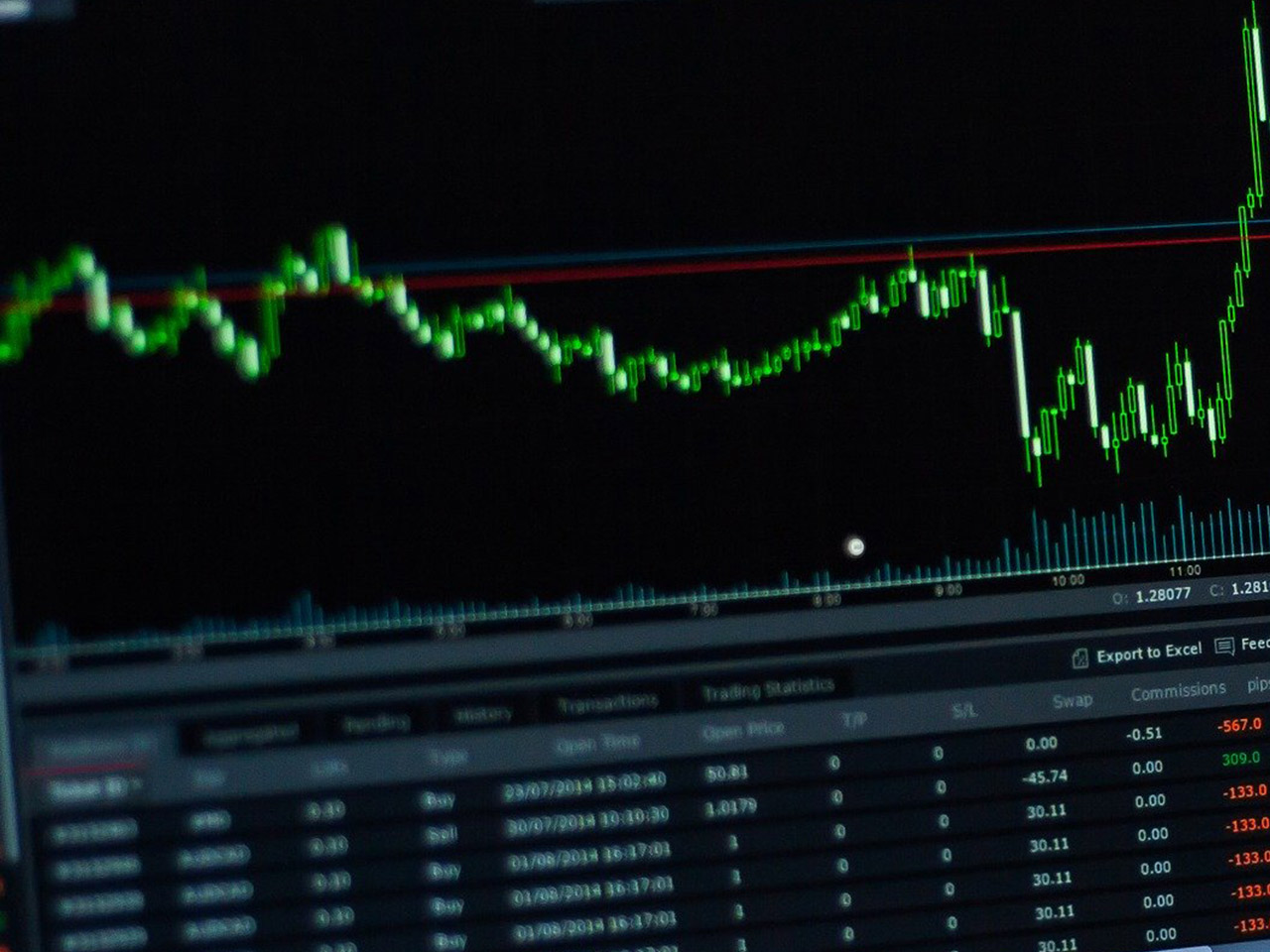RxSight, Inc. (NASDAQ: RXST), a pioneering company in the medical device sector, stands at the forefront of cataract surgery innovation with its light adjustable intraocular lenses (LAL). While the company is making significant strides in technology, its financial metrics present a mixed bag for investors looking to capitalize on the healthcare market.
**Company Overview and Market Position**
Headquartered in Aliso Viejo, California, RxSight is a commercial-stage medical technology company specializing in the development and sale of LALs. These lenses are designed to offer post-surgery customization of visual acuity, a groundbreaking advancement in cataract surgery. Despite its innovative offerings, RxSight’s market capitalization currently stands at $344.92 million, reflecting its position as a small-cap player in the vast healthcare sector.
**Price Data and Volatility**
RxSight’s stock is priced at $8.43, with a slight daily dip of 0.01%. The company’s 52-week price range, which spans from $6.65 to a high of $54.73, underscores a period of significant volatility, likely influenced by market conditions and company-specific news. This volatility might be a point of concern or opportunity for investors, depending on their risk appetite.
**Valuation and Financial Health**
The company’s valuation metrics reveal some challenges. With a forward P/E ratio of -14.44, RxSight is currently not profitable, which is common for many growth-focused companies in the medical technology space. The absence of a price-to-earnings ratio and other standard valuation metrics like PEG, Price/Book, and Price/Sales further complicates a straightforward valuation assessment.
**Performance and Financial Metrics**
RxSight reported a revenue decline of 3.60% and an EPS of -0.80, indicating ongoing financial hurdles. The company’s return on equity stands at -11.66%, signaling inefficiencies in generating returns from shareholders’ investments. Additionally, a negative free cash flow of approximately $5.96 million suggests that the company needs to bolster its cash-generating capabilities to sustain operations and fund future growth.
**Dividend Policy and Analyst Ratings**
Currently, RxSight does not offer a dividend, which aligns with its strategy to reinvest earnings into growth and development. Analyst ratings present a cautious outlook: with only one buy rating against eight holds and two sells, the sentiment skews towards skepticism. The average target price of $8.89 offers a modest potential upside of 5.44%, indicative of tempered expectations in the near term.
**Technical Indicators and Market Sentiment**
Technically, RxSight’s stock faces challenges as well. The 50-day and 200-day moving averages are above the current price, at $8.77 and $16.56, respectively, suggesting a bearish trend. The RSI (Relative Strength Index) of 36.70 points to the stock being oversold, which might attract contrarian investors looking for potential rebound opportunities. Meanwhile, a negative MACD further indicates bearish momentum.
**Investor Outlook**
For investors, RxSight represents a complex scenario. On one hand, the company’s innovative LAL technology positions it well for long-term growth potential within the medical device industry. On the other hand, current financial performance metrics and analyst ratings suggest caution. Investors with a high-risk tolerance and a belief in the transformative potential of RxSight’s technology might find value in a long-term position. However, those seeking stable, short-term returns may need to consider the inherent risks and volatility before diving in.
As RxSight continues to navigate its growth phase, monitoring shifts in revenue growth, profitability, and market acceptance of its products will be crucial in evaluating its future trajectory in the healthcare sector.





































